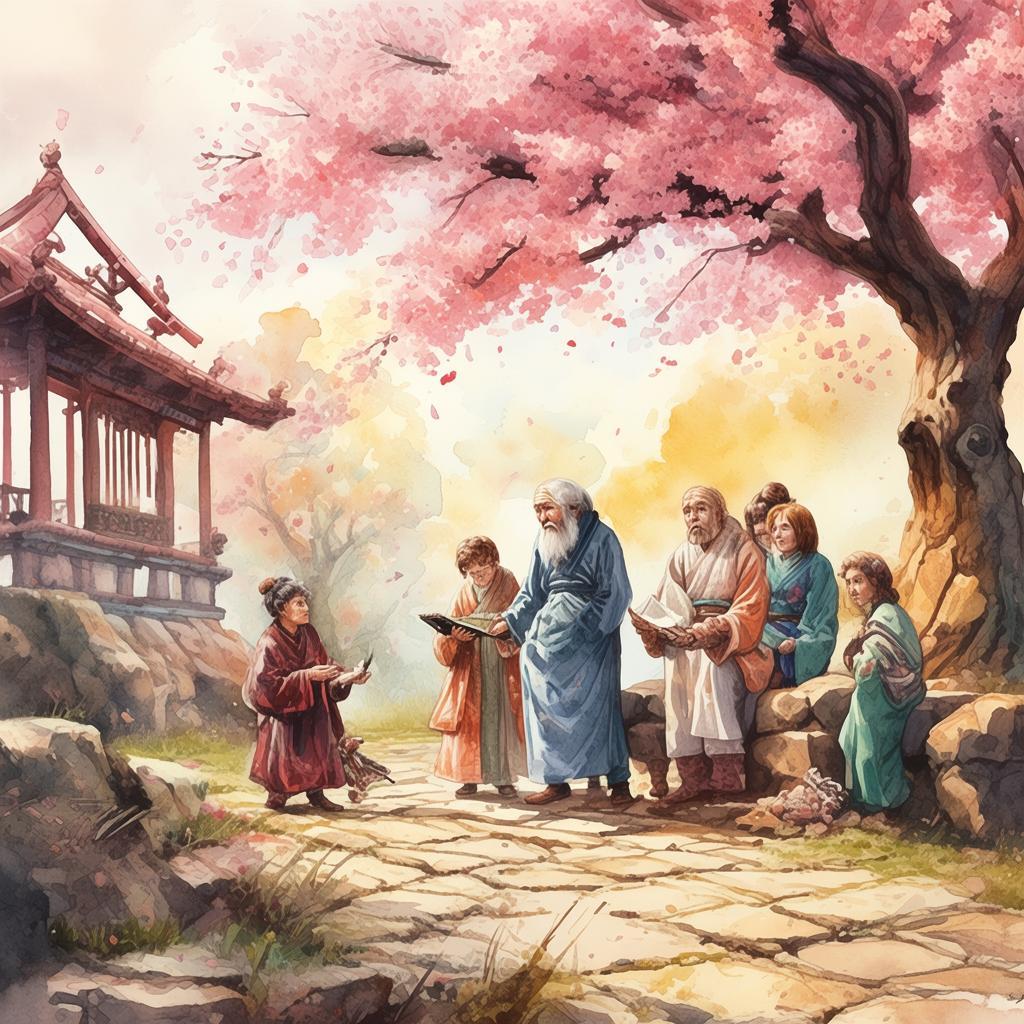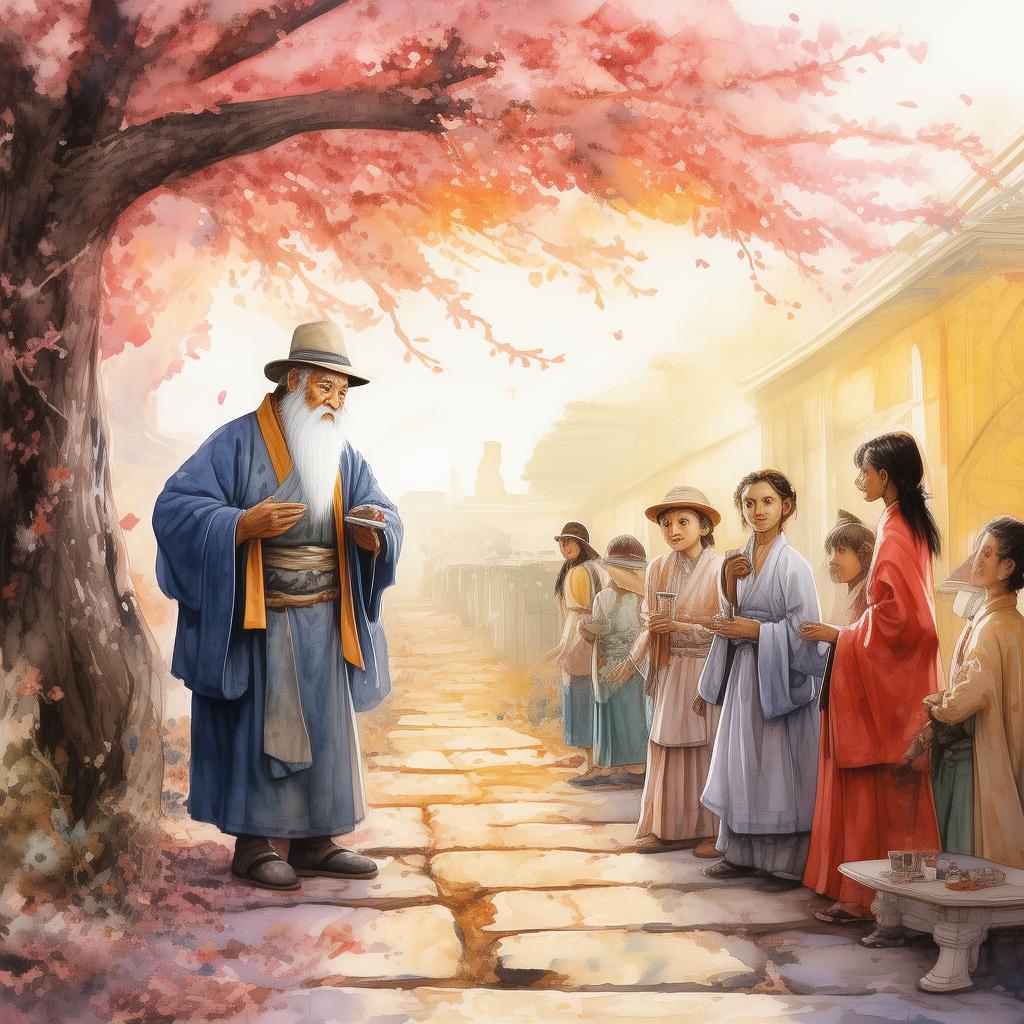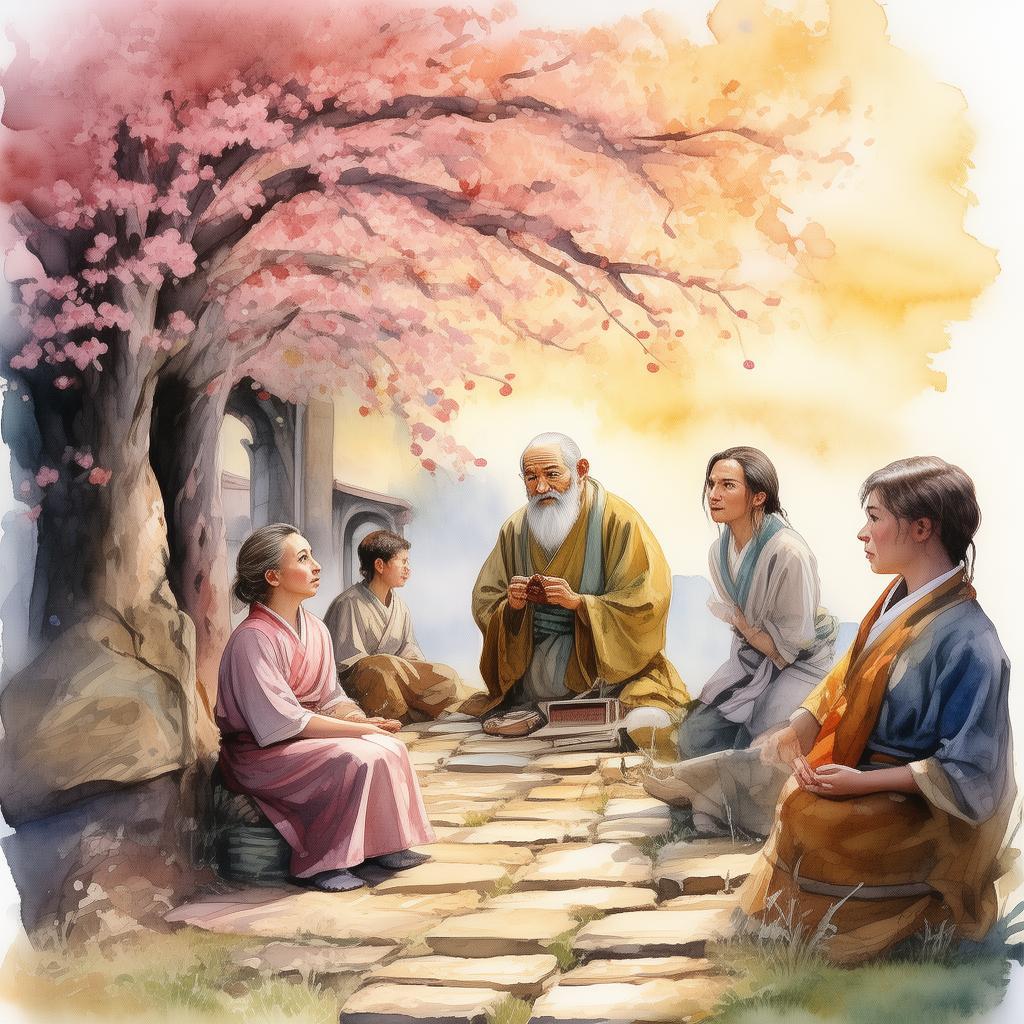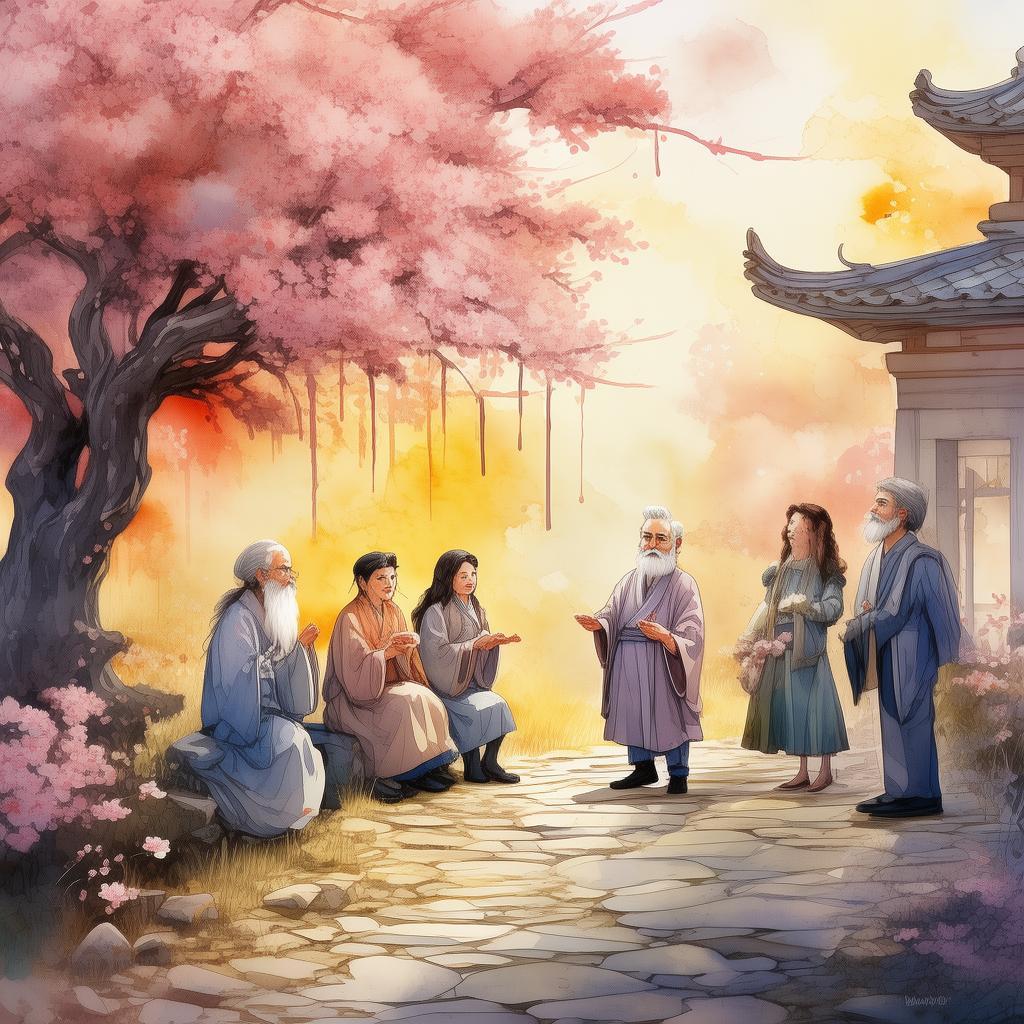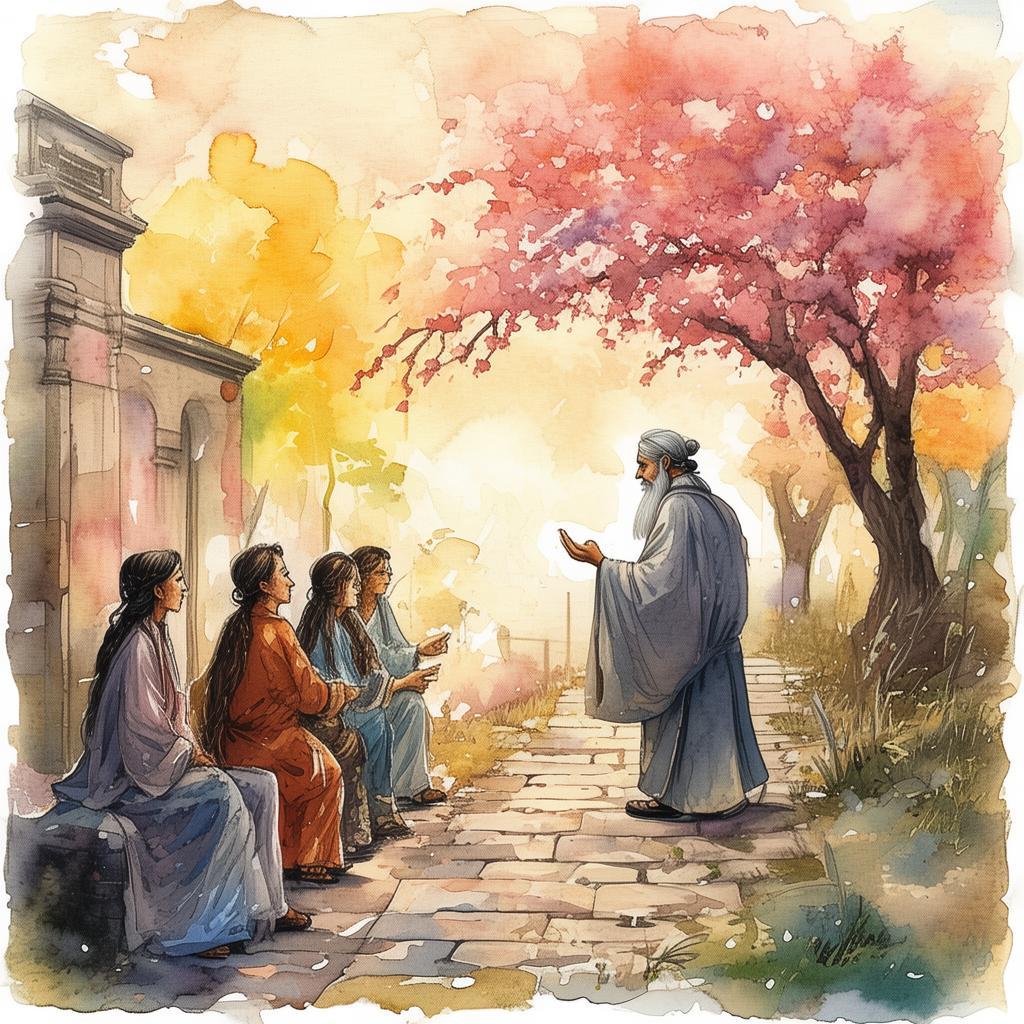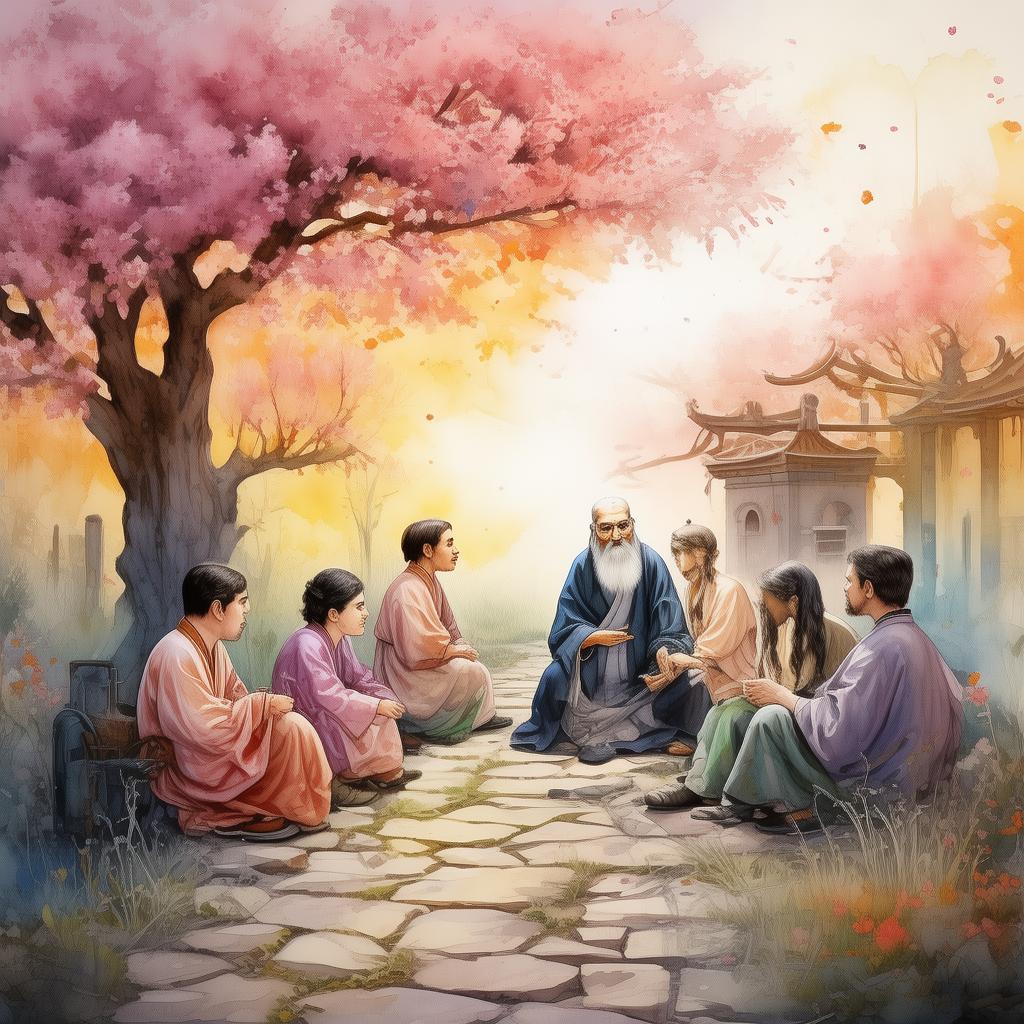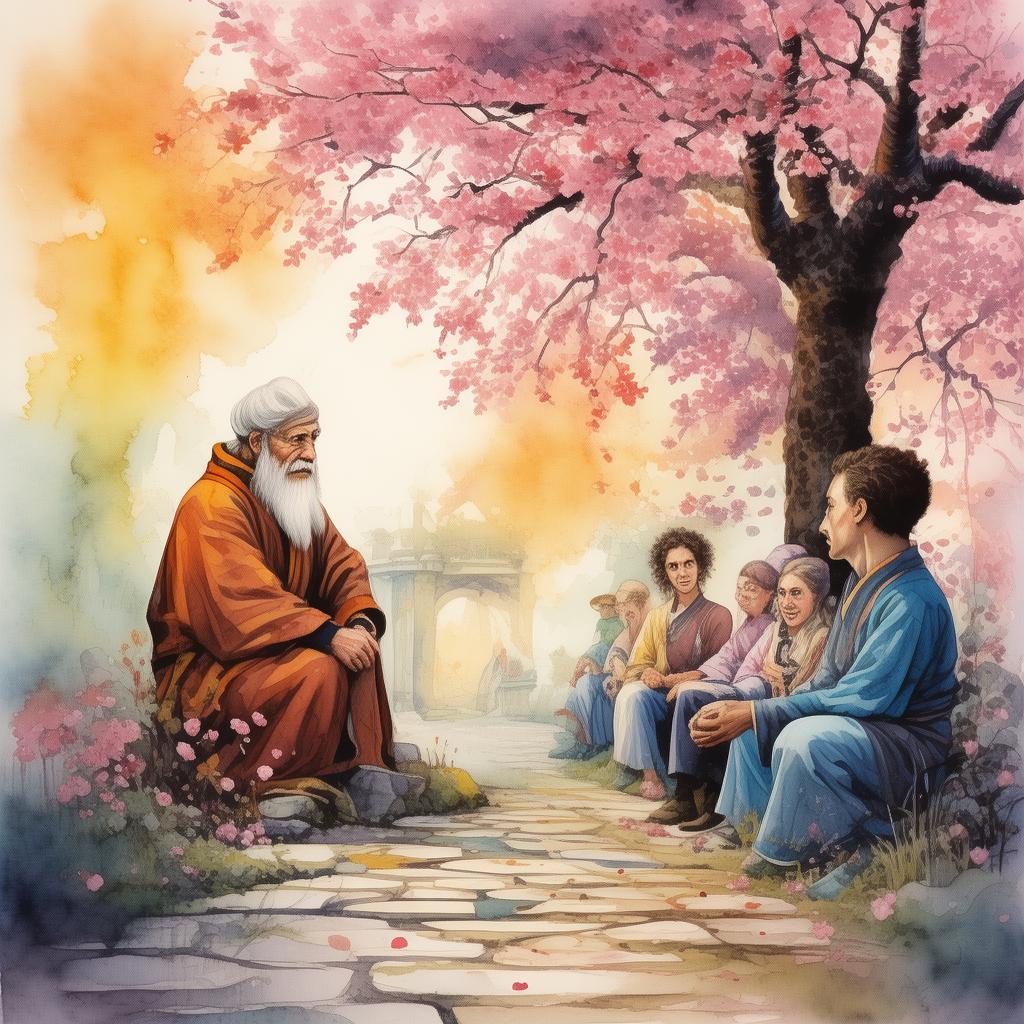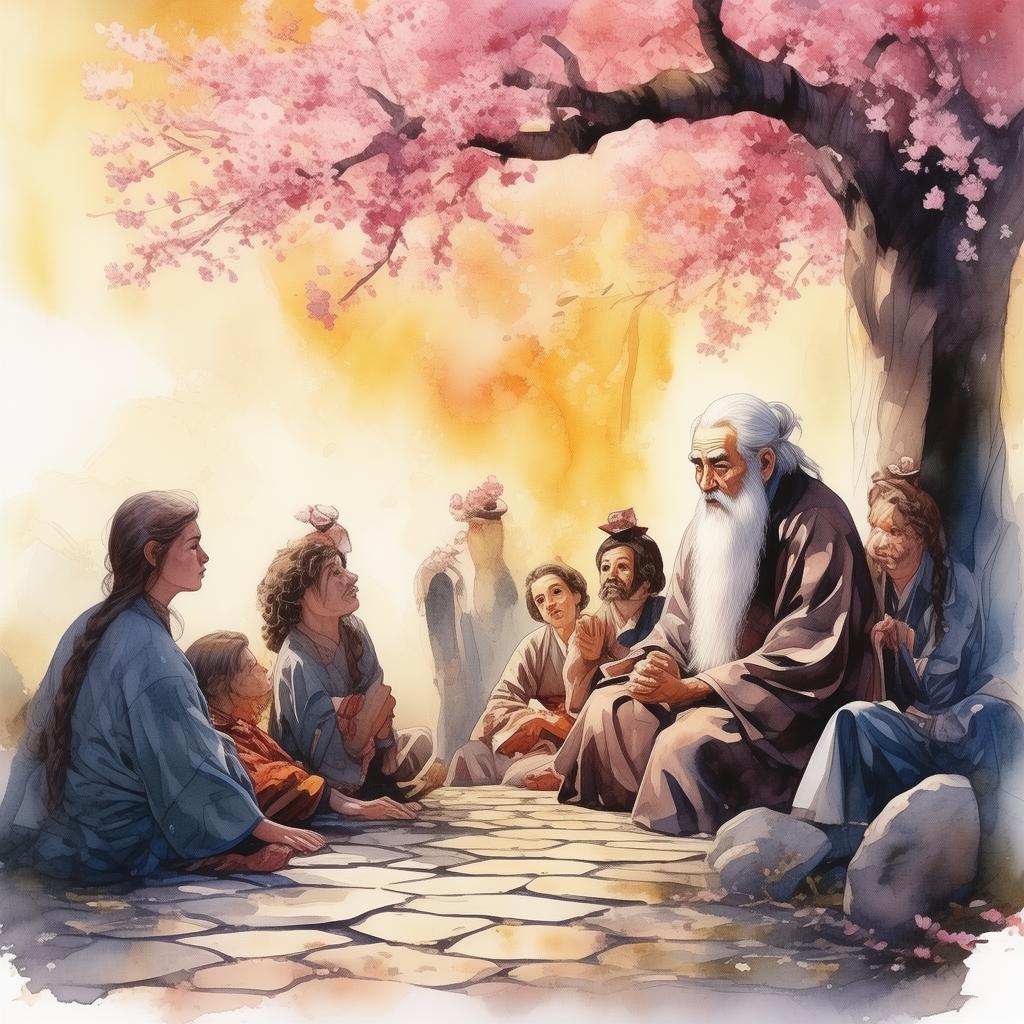The Urban Canvas: A Painter's Quest for the Heart of the City
In the bustling metropolis of Shanghai, a young artist named Li Wei roamed the streets with her canvas and brushes. She was known for her ability to capture the essence of the city's vibrant energy, but she felt an emptiness in her work. She sought to paint not just the buildings and the people, but the very heartbeat of the city itself.
One rainy evening, Li Wei found herself standing at the intersection of Nanjing Road, the city's most famous shopping street. The raindrops created a symphony of sound, a rhythm that seemed to pulse through the veins of the city. She felt an urge to paint, to translate this moment into colors and shapes. As she began to sketch, she noticed a figure in the distance, a man who seemed to be lost in thought, gazing at the bustling crowd.
Li Wei approached him and introduced herself. His name was Ming, a street photographer who had been capturing the city's stories for years. They struck up a conversation, and Ming shared his passion for the city's hidden stories, the lives of the people who made it what it was.
"I feel like I'm painting a portrait of a city that's always changing, always moving," Li Wei said, her voice filled with a sense of longing.
Ming nodded, "It's like we're both trying to capture the soul of this place, the essence that makes it alive."
Their conversation sparked an idea. They decided to embark on a journey together, to explore the city's pulse, to find the stories that lay beneath the surface of its ever-changing face.
Their first stop was the old neighborhood of Xintiandi, where the city's history and modernity intertwined. Li Wei painted the cobblestone streets, the faded advertisements, and the old buildings that stood as silent witnesses to the city's transformation. Ming photographed the faces of the residents, capturing their stories in a single frame.
As they moved through the city, they encountered a variety of characters: a street musician who played his heart out despite the cold, a group of dancers who performed under the streetlights, and a street vendor who sold homemade dumplings. Each person they met contributed to the tapestry of the city's life.
One evening, they stumbled upon a small, dimly lit café in the heart of the city. The owner, a middle-aged woman named Aiyi, welcomed them with open arms. She shared her story of coming to Shanghai from a small village in rural China, her dreams of making a better life for herself and her family.
Li Wei was moved by Aiyi's story and decided to paint her portrait. As she worked, Aiyi spoke of her struggles and her triumphs, her love for the city that had given her so much. The painting became a reflection of Aiyi's resilience and hope.
Ming took a photograph of the finished portrait, capturing the essence of Aiyi's spirit. The image became a symbol of the city's people, their strength and their dreams.
As their journey continued, Li Wei and Ming realized that the city's pulse was not just in its streets and buildings, but in the lives of its people. They began to incorporate these stories into their work, to show the world the heart of the city.
One day, they decided to hold an exhibition of their work. The exhibition was a success, drawing a crowd of curious onlookers who were captivated by the stories they told. Li Wei's paintings and Ming's photographs brought the city's pulse to life, making the people of Shanghai feel seen and understood.
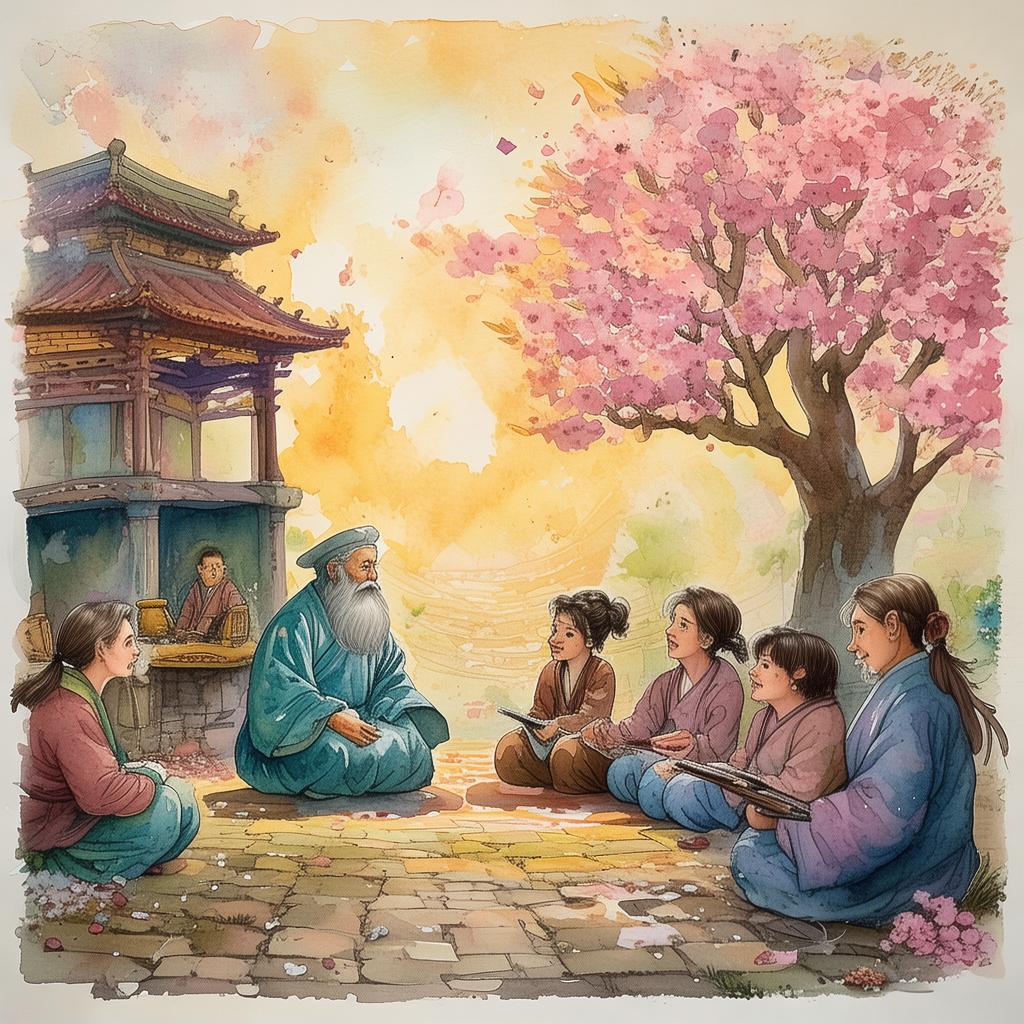
Through their journey, Li Wei and Ming had discovered that art had the power to connect people, to bridge the gap between the observer and the observed. They had painted not just the city, but the lives of its people, and in doing so, they had painted the heart of the city itself.
The exhibition ended, but the journey continued. Li Wei and Ming remained in the city, their work inspiring others to look deeper, to find the stories that made the city what it was. And as they continued to explore, they knew that the city's pulse was always there, waiting to be captured, waiting to be shared.
In the end, Li Wei's paintings and Ming's photographs became more than just art; they became a testament to the enduring spirit of the city, a reminder that every person, every story, is an integral part of the city's heartbeat.
✨ Original Statement ✨
All articles published on this website (including but not limited to text, images, videos, and other content) are original or authorized for reposting and are protected by relevant laws. Without the explicit written permission of this website, no individual or organization may copy, modify, repost, or use the content for commercial purposes.
If you need to quote or cooperate, please contact this site for authorization. We reserve the right to pursue legal responsibility for any unauthorized use.
Hereby declared.

